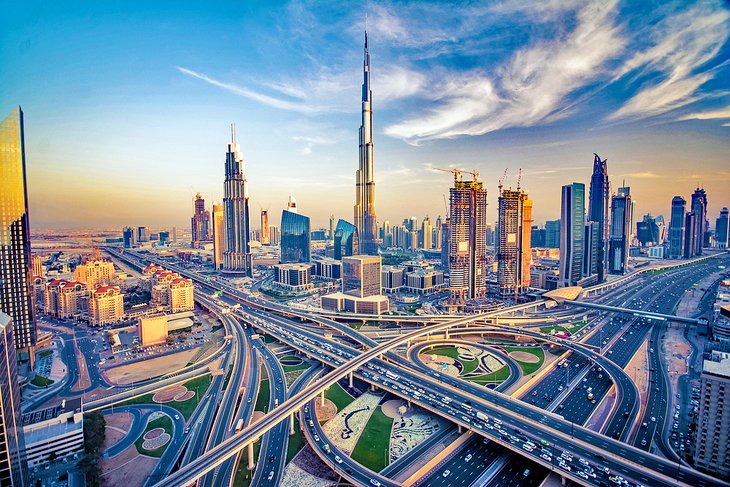Causes and Effects of Climate Change
Title: Understanding the Causes and Effects of Climate Change: A Comprehensive Analysis
Introduction Causes and Effects of Climate Change:
One of the most important issues facing humanity in the twenty-first century is climate change, which has profound effects on the environment, the economy, and society. Although some degree of climatic variability is inevitable, human activity has sped up the rate of global warming, which has had a major impact on biodiversity, ecosystems, and weather patterns. We will examine the causes and consequences of climate change in this thorough analysis, emphasizing the interdependence of environmental, social, and economic variables that are causing this worldwide catastrophe.

Causes of Climate Change:
- Greenhouse Gas Emissions:
- The atmospheric release of greenhouse gases (GHGs), principally carbon dioxide (CO2), methane (CH4), and nitrous oxide (N2O), is the main cause of climate change. The “greenhouse effect” that these gases produce warms the Earth’s surface and contributes to global warming.
- The main human activities that contribute to greenhouse gas emissions are the burning of fossil fuels for energy, deforestation, industrial processes, and agricultural practices. The primary cause of CO2 emissions and the bulk of human-caused climate change is the burning of fossil fuels for industrial production, transportation, and electricity production.
- Deforestation and Land Use Change:
- Deforestation reduces the Earth’s ability to absorb CO2 from the atmosphere through photosynthesis, which in turn causes climate change. Deforestation is mostly caused by logging, agriculture, and urbanization. By absorbing carbon dioxide and retaining it in soil and vegetation, forests function as carbon sinks.
- The carbon that trees store is released back into the atmosphere when forests are cut down or deteriorated, intensifying the greenhouse effect and causing global warming. The repercussions of climate change are further amplified by changes in land use, such as the conversion of forests to urban areas or agricultural land, which significantly modifies regional climatic patterns and surface albedo.
- Industrial and Agricultural Activities:
- The manufacturing of chemicals, the creation of cement, and the handling of garbage all release large amounts of additional pollutants and greenhouse gases into the environment. Climate change is also exacerbated by methane emissions from rice agriculture, livestock husbandry, and waste management.
- Excessive fertilizer use, monoculture farming, and deforestation for agricultural development are examples of intensive agricultural practices that worsen soil health, decrease biodiversity, and raise methane and nitrous oxide emissions, all of which exacerbate climate change.
- Transportation and Urbanization:
- Transportation-related systems, such as automobiles, trucks, aircraft, and ships, are significant sources of greenhouse gas emissions, especially CO2 from the burning of fossil fuels. Increases in energy use, automobile emissions, and infrastructure demand are caused by urbanization and sprawl, which raises carbon footprints and deteriorates the environment.
- Urban heat islands, which are defined by warmer temperatures in cities than in the nearby rural areas, increase the risks of heat-related illnesses, air pollution, and energy use. They also intensify the local effects of climate change.

Note: You can Also Read: 30 Days To Better Habits A Simple Guide
Effects of Climate Change:
- Rising Temperatures:
- As a result of global warming, temperatures are rising on Earth, increasing the frequency and severity of heatwaves, droughts, and heat-related illnesses. Increased temperatures also put agriculture, water resources, and human health at risk by upsetting ecosystems, changing precipitation patterns, and making water scarcity worse.
- Extreme Weather Events:
- Extreme weather events, such as hurricanes, cyclones, floods, and wildfires, are becoming more frequent due to climate change, with disastrous effects on ecosystems and society. Severe weather occurrences exacerbate social inequality and humanitarian crises by resulting in fatalities, property damage, displacement, and economic disruptions.
- Melting Ice Caps and Rising Sea Levels:
- Sea levels are rising as a result of global warming melting polar ice caps and glaciers, endangering ecosystems, infrastructure, and coastal towns. Climate change-related migration and displacement are made worse by rising sea levels, which also raise the risk of coastal floods, erosion, saltwater intrusion, and loss of marine species’ habitat.
- Loss of Biodiversity and Ecosystem Degradation:
- Changes in ecosystems, species distributions, and biodiversity are being driven by climate change, which is causing habitat loss, species extinction, and ecosystem degradation. Ocean acidification, shifting precipitation patterns, and rising temperatures all interfere with ecological processes, diminish ecosystem services, and jeopardize livelihoods and food security.
- Health Impacts:
- Significant health hazards associated with climate change include those connected to heat-related illnesses, respiratory disorders, infectious infections, malnutrition, and mental health difficulties. The health hazards associated with climate change disproportionately affect vulnerable groups, including children, the elderly, and low-income communities. This exacerbates already-existing social inequities and health disparities.
- Economic Costs:
- Societies bear significant financial consequences as a result of climate change, which include increased healthcare costs, crop failures, property damage, and interruptions to infrastructure. It is anticipated that the expenses associated with adjusting to and reducing the effects of climate change would rise over time, placing a pressure on governmental coffers, insurance policies, and social safety nets.

Conclusion:
At the local, national, and international levels, immediate and coordinated action is needed to address the causes and effects of climate change. Achieving a more sustainable and equitable future requires a number of important actions, including shifting to renewable energy sources, cutting greenhouse gas emissions, protecting forests and ecosystems, encouraging sustainable agriculture and transportation, and strengthening climate resilience. We can all work together to solve the climate catastrophe and protect the earth for coming generations by increasing knowledge, encouraging cooperation, and putting evidence-based laws and practices into action.




